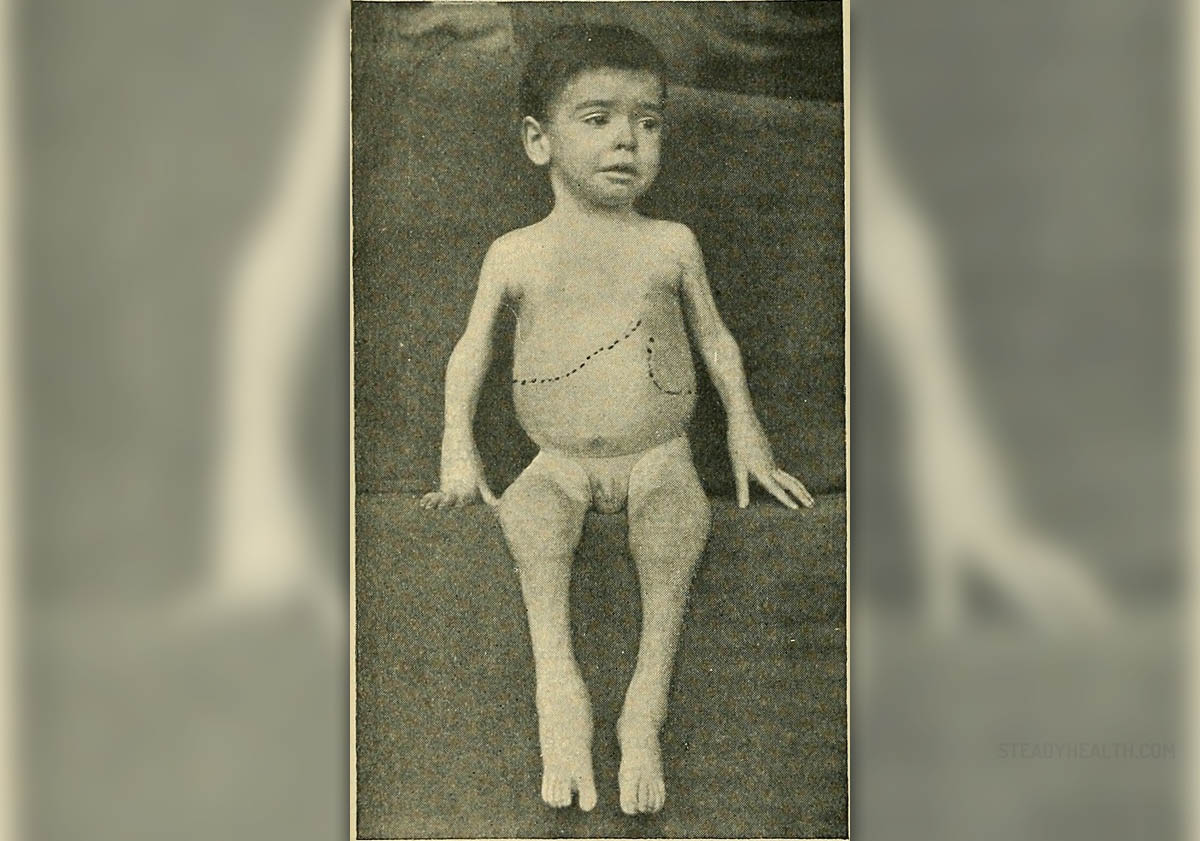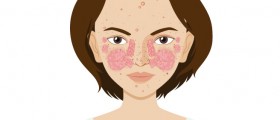
Juvenile arthritis, as the name suggests, is a condition affecting joints of young individuals. The condition develops suddenly and is a common cause of knuckle swelling, fever and unexplainable rash. Inflammation of the affected joints leads to swelling, pain and warmth in the affected area.
It is estimated that approximately 300,000 children in the United States suffer from some form of arthritis. While some forms of the disease are short-termed not lingering for more than a few weeks or months, other forms are actually chronic and last for many years and throughout the entire life.
As for juvenile arthritis, the most frequent form of the disease is juvenile rheumatoid arthritis (JRA). The condition is reported in around 50,000 children in the US.
Juvenile Rheumatoid Arthritis: Causes
The actual cause of juvenile rheumatoid arthritis remains unknown. Some scientists believe that the condition is autoimmune in origin. If this is correct, the body produces autoantibodies which do not recognize body's own cells, attack them and eventually destroy. In case of juvenile rheumatoid arthritis the body attacks the components of one's joints.
Juvenile Rheumatoid Arthritis: Types
In majority of patients juvenile rheumatoid arthritis develops between 6 months and 16 years of age. Initial symptoms and signs of the inflammation include joint pain and swelling, redness of the surrounding skin and increased temperature of the affected area.
Juvenile rheumatoid arthritis is classified as oligoarticular JRA, polyarticular arthritis and systemic JRA. Oligoarticular JRA is a condition in which only 4 or fewer joints are inflamed. Pain, stiffness and swelling are present. The inflammation predominantly affects the knee and wrist. In some cases the one may additionally develop inflammation of the iris (iritis or iridocyclitis). Polyarticular arthritis represents inflammation of 5 or more joints. This type is more distributed among girls and affects small joints of the hands as well as weight-bearing joints. Finally, systemic JRA affects many joints as well as other organs and organ systems. The condition is accompanied by high fever, fatigue, skin rash, lymphadenomegaly and/or splenomegaly.
Juvenile Rheumatoid Arthritis: Diagnosis and Treatment
The diagnosis is confirmed after taking a detailed medical history and thorough physical examination, followed by additional tests and exams such as X-ray, blood test etc.
The goal of the treatment is to minimize destruction of the joint tissues caused by inflammation and bring symptoms and signs of the disease under control. The treatment comprises medications, physical therapy and occupational therapy. Surgery is performed in rare occasions, basically to improve the position of the affected joints.

















Your thoughts on this
Loading...